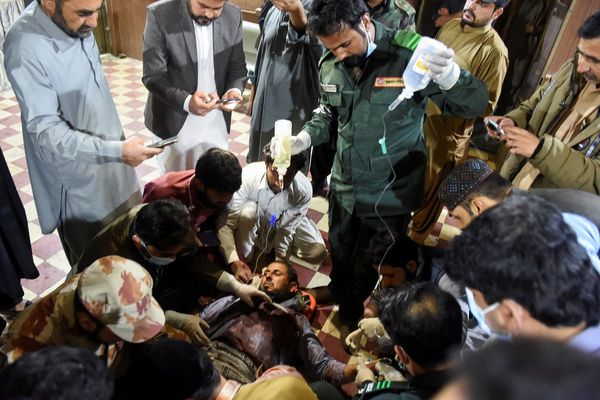Around 255 trees were uprooted, and 1,050 branches were broken in the pre-monsoon downpour in the city last week. If the pre-monsoon showers could wreak such havoc, imagine what would be in store when the actual monsoon showers hit Bengaluru in the coming days.
What could be done to prevent the uprooting of trees and minimise the damage? Experts weigh in that periodic inspection, maintenance and planting the right trees is key to prevent tree falls.
Harini Nagendra, director, Research Centre and Centre for Climate Change, Azim Premji University, said that the authorities for a very long time have not maintained the trees, and concretisation is the root cause of the uprooting of trees in Bengaluru.
“We have not maintained our trees at all; every time there is a road widening, they (authorities) either dig up the roots or concretise the trees or they cut some branches to allow some building to be better seen. People also put nails on the trees. So overall, we have not managed to maintain our trees well,” said Ms. Nagendra.
Bhargavi Rao, a senior fellow and trustee at Environment Support Group, also said that concretisation has resulted in the weakening of trees in the city, due to which whenever there are heavy rains in the city, there are instances of uprooting of trees.
“What we have done wrong is we have either put tar or cement on the pavement which goes upto the trees. In many places, even half feet of the stem part of the tree is covered. We are not leaving the basic amount of space for the roots and the water to percolate properly because everywhere tar or cement or cobblestones are covering up the trees,” said Ms. Rao.
Tree census
Vijay Nishanth, president, Project Vruksha Foundation, said that a tree census should be conducted to know the health of the trees and the data should be shared at the ward level.
“First and foremost, they have to conduct a tree census which they do not have. Most of the trees in Bengaluru are mature trees. We do not know which tree is brittle and which is strong. Until we know the health of the trees, these incidents will keep happening. For developing infrastructure projects in the city, they have cut roots, unevenly cut and choked trees. So, tree census should be done, and the data should be shared at the ward levels which in turn should be regularly monitored,” said Mr. Nishanth.
Plant the right species
Experts also said that choosing and planting the right tree is key to avoiding tree falls. “Trees stay for a long time. You need to plant the right species. If you plant deep-rooted species like neem or rain trees, they will not fall easily, but gulmohar falls very easily because the roots are shallow,” said Ms. Nagendra.
Ms. Rao said that in the past, rain trees and gulmohars have been planted in large numbers and now the authorities should opt for indigenously locally suited spices which are not very big and huge. She also added that the BBMP and the horticulture department should consult botanists and academia on such issues. “Unfortunately, they do not consult botanists or the academia. BBMP goes about doing what they want, and the Forest Department does not seem to be applying their mind when it comes to these things,” she added.
Experts also pointed out that an assessment should be done before the monsoon season in order to avoid accidents. “In other countries, what they do is before the rainy season starts, they go across the city, look at each tree and do an assessment of whether it is going to be stable or if it needs to be pruned. They check if there are rotting branches or if it’s lopsided on one side, then you prune a branch. How to save it, how to make it more stable all these needs to be done but nobody seems to look at these issues here,” said Ms. Nagendra.
The BBMP said that as part of its standard operating procedure, prior to the onset of monsoon, teams are deployed to identify weak trees and remove them. Besides, branches are also trimmed as part of the monsoon preparedness. “Most of the branches are trimmed as part of the monsoon preparedness, and we also make sure that weakened and dead trees are removed. However, we cannot predict wind speed, and due to unforeseen incidents, there could be incidents of branches falling down and trees getting uprooted,” a BBMP official said.







